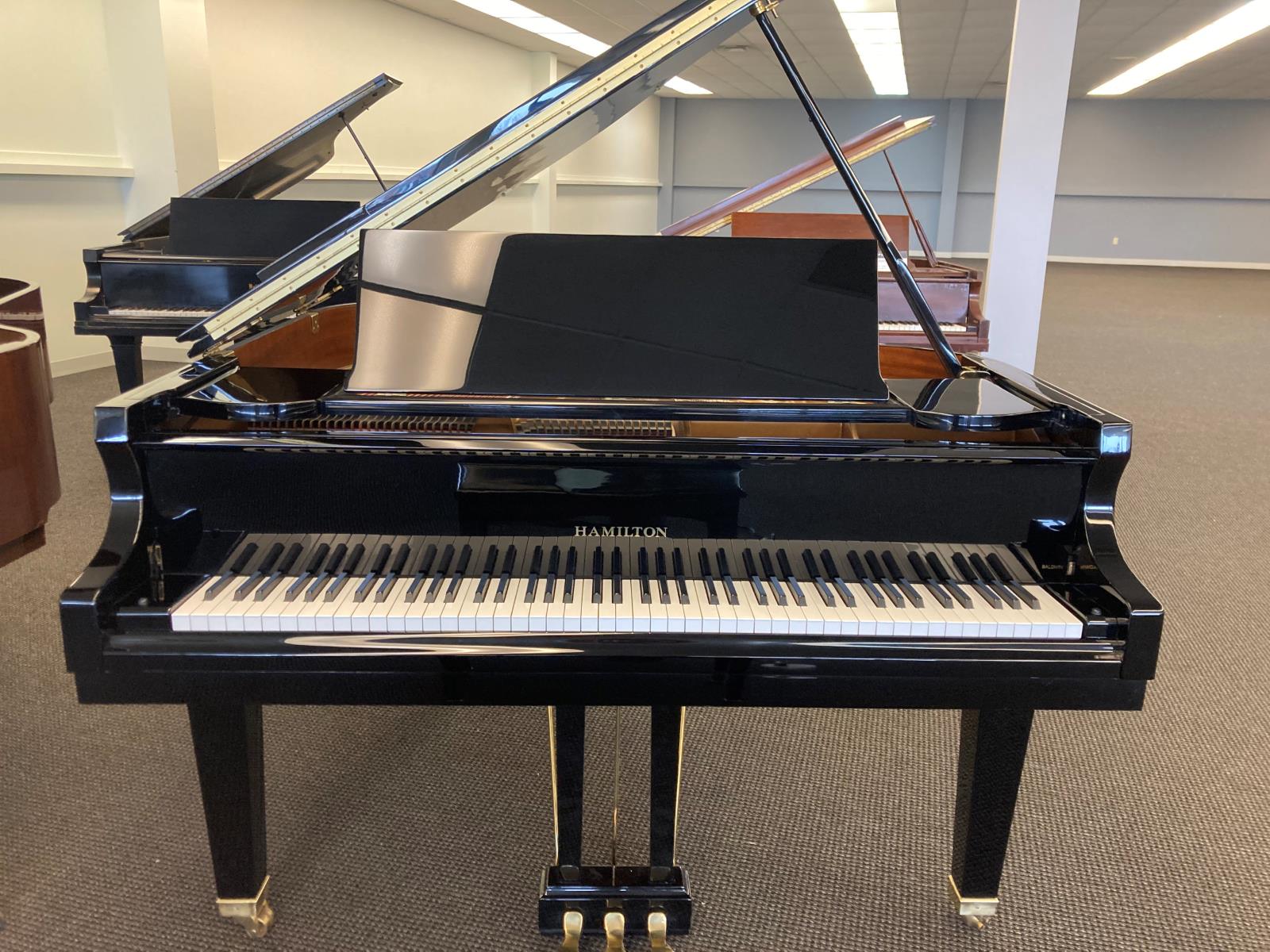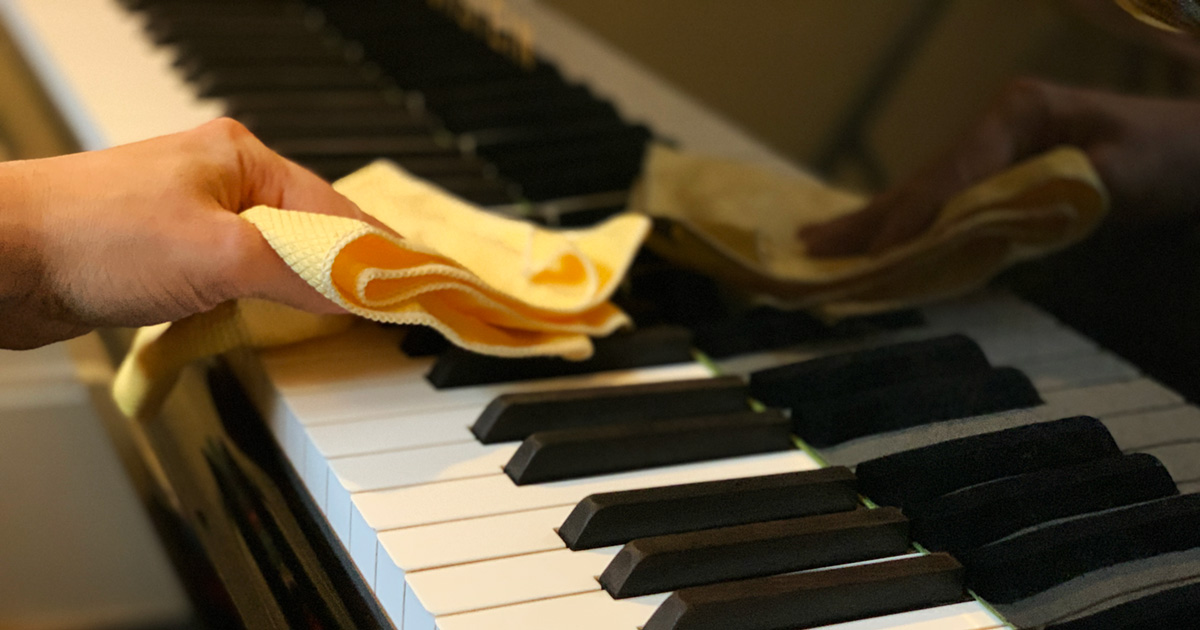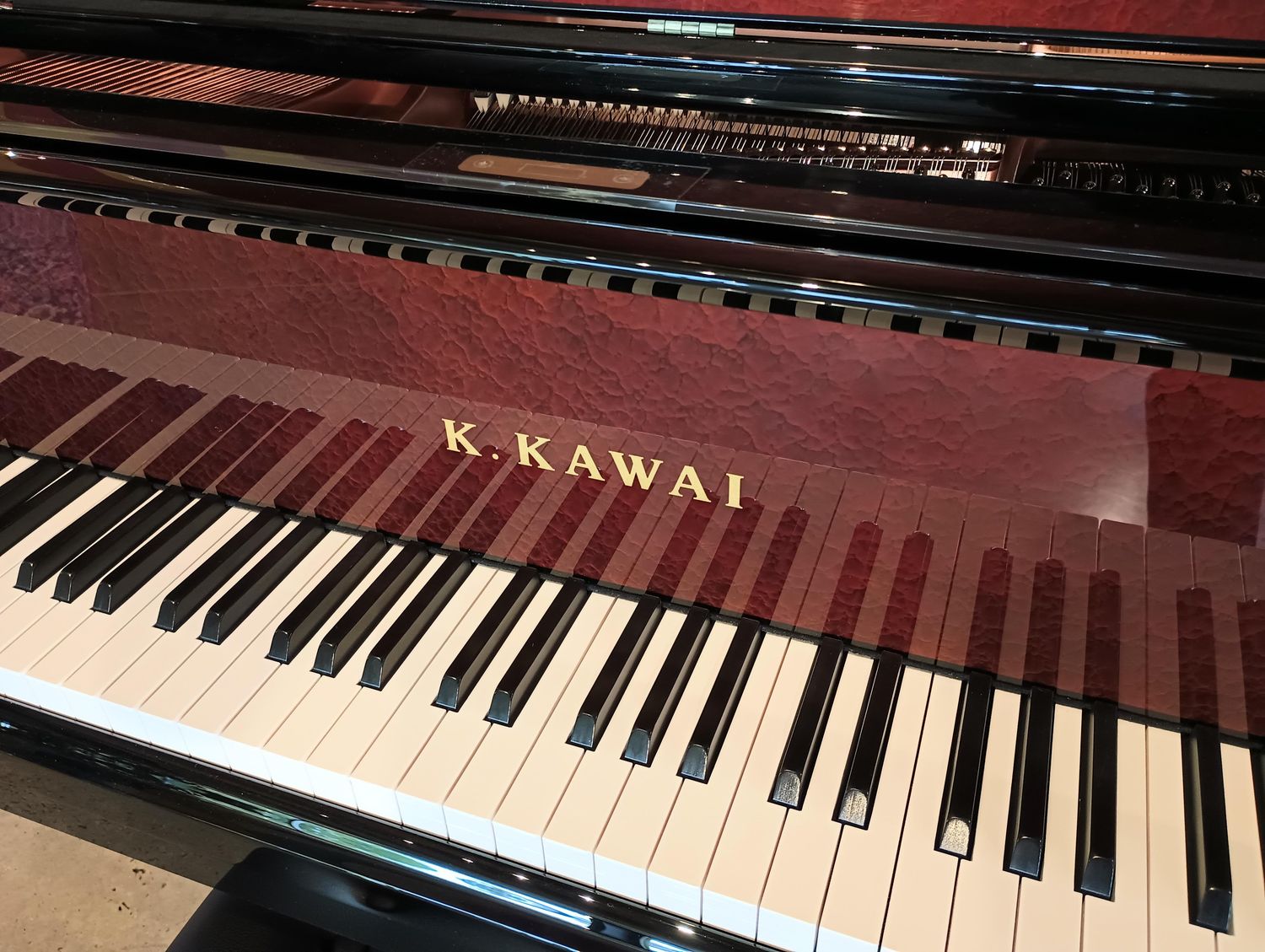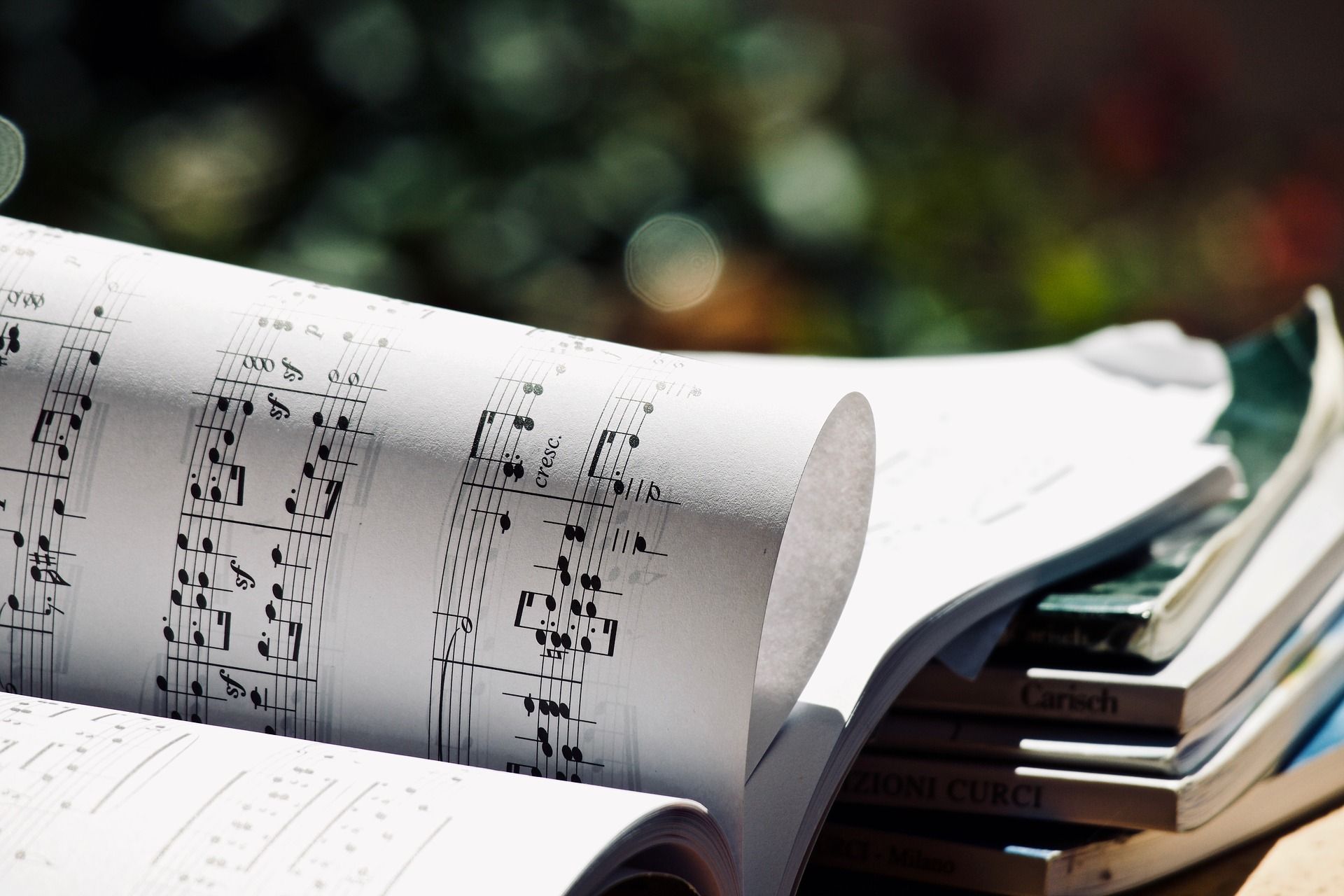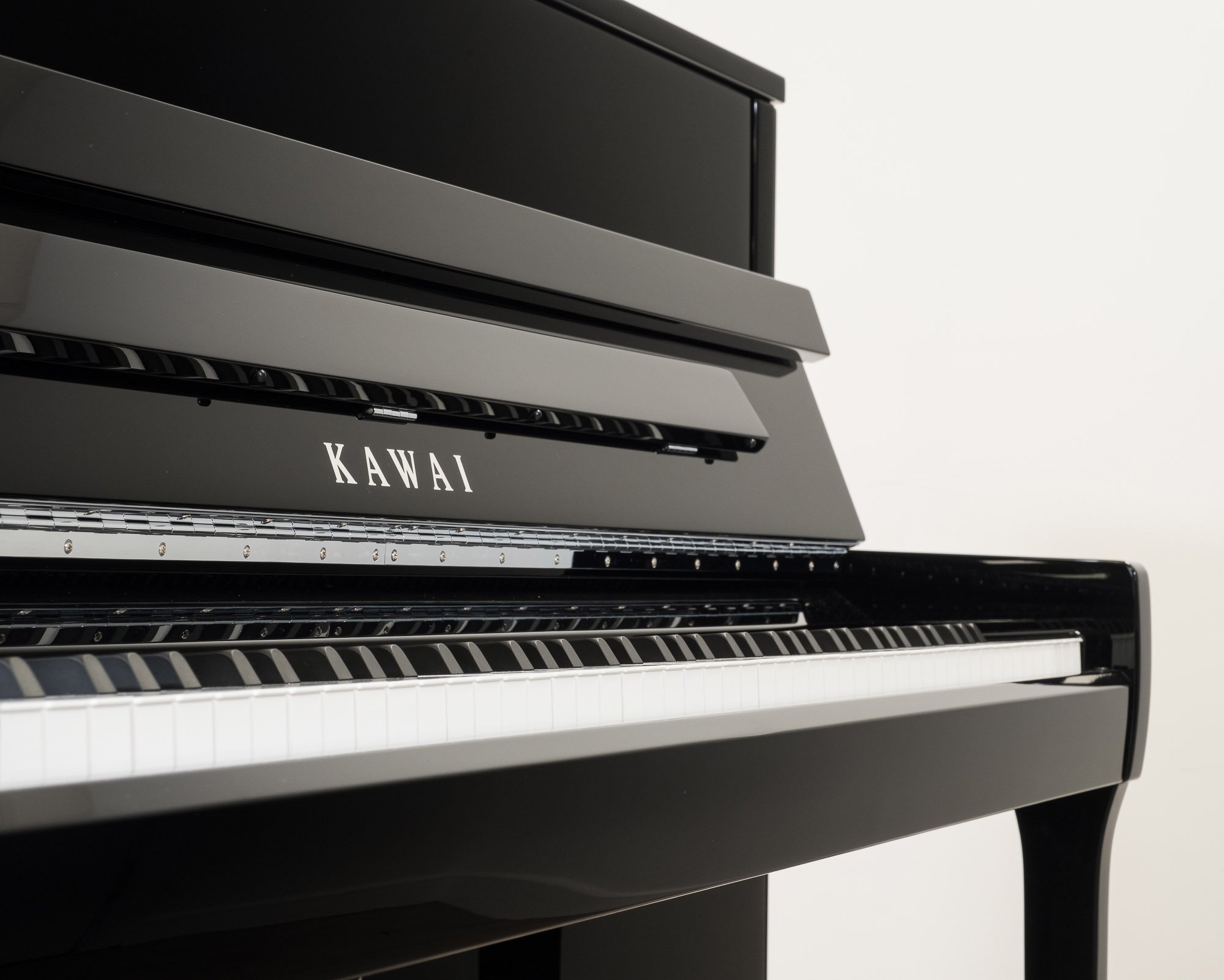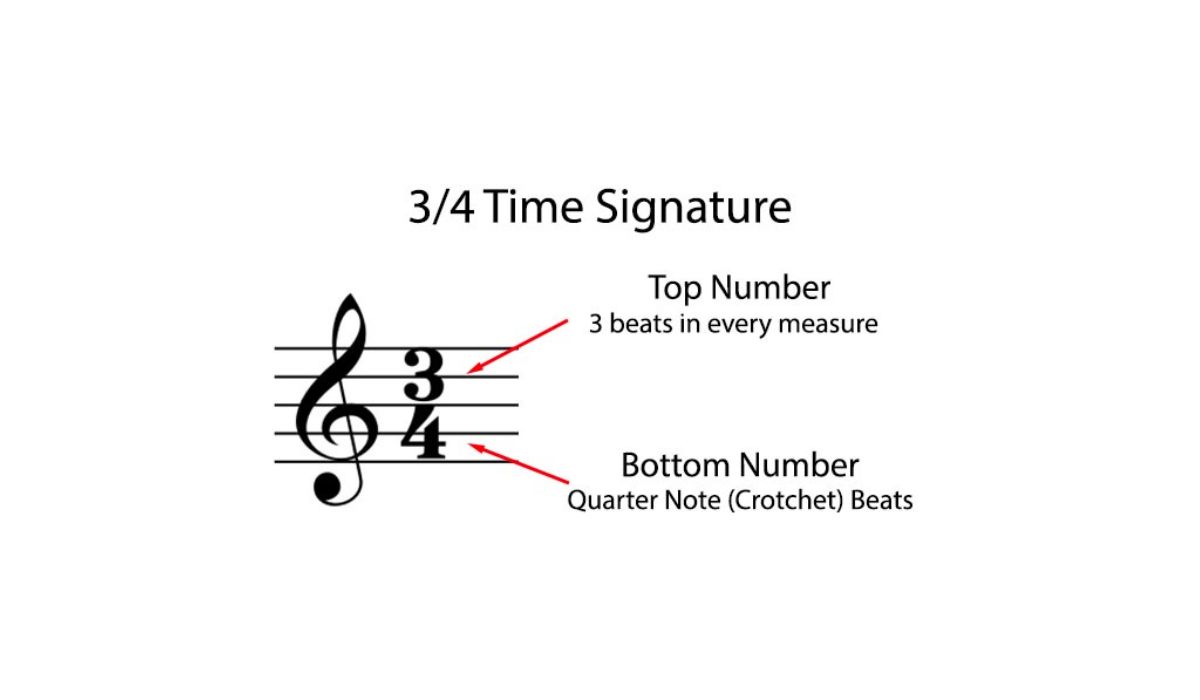Home>Instruments>Piano>What Is A Key Signature In Piano


Piano
What Is A Key Signature In Piano
Published: February 12, 2024
Discover the importance of key signatures in piano music and how they impact your playing. Learn about the significance of key signatures and their influence on piano compositions.
(Many of the links in this article redirect to a specific reviewed product. Your purchase of these products through affiliate links helps to generate commission for AudioLover.com, at no extra cost. Learn more)
Table of Contents
Introduction
Introduction
The concept of key signatures is fundamental to understanding and interpreting music, especially for piano enthusiasts. A key signature in piano music serves as a vital guide, indicating the key in which a piece of music is composed. It provides valuable insights into the notes that are altered throughout the composition, enabling pianists to navigate the musical score with precision and expressiveness.
Understanding key signatures is essential for pianists at all skill levels, from beginners to seasoned professionals. It not only enhances the ability to interpret and perform music accurately but also contributes to a deeper comprehension of music theory. In this article, we will delve into the significance of key signatures in piano music, explore how they are identified, and provide a comprehensive key signature chart for reference.
As we embark on this exploration, it's important to recognize that key signatures play a pivotal role in shaping the tonal center of a musical piece, influencing its mood, structure, and harmonic progression. Whether you're a piano student eager to unravel the mysteries of key signatures or an experienced player seeking to refine your understanding, this article aims to demystify this crucial aspect of piano music and empower you to approach your musical journey with confidence and insight.
Understanding Key Signatures
Understanding Key Signatures
Key signatures are a set of sharp or flat symbols placed at the beginning of a staff, right after the clef symbol, indicating the tonal center or key of a musical composition. They serve as a roadmap for pianists, guiding them on which notes are to be consistently played as sharps or flats throughout the piece. By internalizing the key signature, pianists can effectively navigate the music, making informed decisions about which notes to play and how to interpret the composition.
It’s important to note that key signatures are not to be confused with accidentals, which are sharps, flats, or naturals occurring within the body of a musical piece. While accidentals are temporary alterations to the pitch of a note, the key signature establishes a consistent framework for interpreting the music. Understanding key signatures empowers pianists to anticipate and comprehend the harmonic structure of a composition, enabling them to convey the intended tonality and emotion effectively.
Key signatures are closely linked to the concept of diatonic scales, which form the foundation of Western music. Each key signature corresponds to a specific diatonic scale, encompassing a unique arrangement of whole and half steps. For example, the key of C major has no sharps or flats, while the key of G major features one sharp (F#). This relationship between key signatures and diatonic scales underscores their significance in shaping the melodic and harmonic framework of a musical piece.
By grasping the essence of key signatures, pianists can elevate their musical interpretations, infusing compositions with clarity, coherence, and emotional depth. Whether interpreting classical masterpieces or contemporary works, a solid understanding of key signatures empowers pianists to express the nuances and intricacies of the music with finesse and authenticity.
Importance of Key Signatures in Piano
Importance of Key Signatures in Piano
The significance of key signatures in piano music cannot be overstated, as they serve as a fundamental element in shaping the interpretation and performance of musical compositions. Key signatures provide crucial insights into the tonal center and harmonic structure of a piece, offering pianists a roadmap to navigate the intricacies of the music with precision and expressiveness.
One of the primary roles of key signatures is to streamline the reading and interpretation of musical scores. By internalizing the key signature, pianists can anticipate the presence of specific sharps or flats, enabling them to play the correct notes consistently throughout the piece. This not only enhances accuracy but also contributes to a seamless and confident performance, allowing pianists to focus on musical expression without being hindered by constant note-by-note analysis.
Furthermore, key signatures play a pivotal role in conveying the mood and emotional essence of a composition. Different keys evoke distinct moods and colors, and the key signature serves as a gateway to unlocking these expressive qualities. For instance, the key of C major exudes a sense of purity and simplicity, while the key of E-flat major carries a warm and lyrical character. By understanding the implications of key signatures, pianists can infuse their interpretations with the appropriate emotional resonance, breathing life into the music they perform.
Additionally, key signatures are integral to the understanding of music theory and harmonic relationships. They provide valuable insights into the underlying structure of a composition, shedding light on chord progressions, modulations, and melodic contours. This comprehension empowers pianists to make informed artistic decisions, whether in terms of phrasing, dynamics, or overall interpretive choices, enriching their performances with depth and insight.
Ultimately, key signatures serve as a gateway to unlocking the full potential of a musical piece, enabling pianists to embody the composer’s intentions with authenticity and artistry. By embracing the significance of key signatures, pianists can elevate their performances, captivating audiences with nuanced and compelling renditions of beloved musical works.
How to Identify Key Signatures
How to Identify Key Signatures
Identifying key signatures is a valuable skill that empowers pianists to approach musical scores with confidence and accuracy. By recognizing the key signature at the beginning of a piece, pianists can gain essential insights into the tonal center and harmonic framework, laying the foundation for a compelling and informed interpretation. Here are key steps to effectively identify key signatures:
- Understand the Order of Sharps and Flats: The order of sharps in key signatures follows the sequence F-C-G-D-A-E-B, commonly remembered by the mnemonic “Father Charles Goes Down And Ends Battle.” Conversely, the order of flats is B-E-A-D-G-C-F, often recalled as “Battle Ends And Down Goes Charles’ Father.” Familiarizing oneself with these sequences provides a solid foundation for recognizing key signatures.
- Examine the Sharps or Flats: By observing the sharps or flats indicated in the key signature, pianists can identify the corresponding major or relative minor key. For example, a key signature with one sharp denotes the key of G major or its relative minor, E minor.
- Utilize Mnemonics and Visual Aids: Mnemonic devices and visual aids, such as key signature charts and memory prompts, can aid in memorizing the associations between key signatures and their respective keys. Mnemonics like “Fat Cats Go Down Alleys Eating Birds” for the order of flats can assist in recalling the sequence effortlessly.
- Practice Sight-Reading and Repetition: Engaging in regular sight-reading exercises and repeatedly identifying key signatures in musical scores enhances proficiency. By consistently exposing oneself to diverse key signatures, pianists can sharpen their recognition skills and internalize the patterns associated with different tonalities.
Mastering the art of identifying key signatures equips pianists with a valuable tool for interpreting and performing music with fluency and insight. By integrating these strategies into their musical studies, pianists can embark on a journey of discovery, unraveling the mysteries of key signatures and harnessing their transformative power in musical expression.
Key Signature Chart
Key Signature Chart
A key signature chart serves as a valuable reference for pianists, providing a visual representation of the relationship between key signatures and their corresponding keys. This comprehensive chart illustrates the arrangement of sharps and flats in each key signature, offering a clear and concise overview of the tonalities and their associated alterations. Below is a key signature chart encompassing major keys and their relative minor counterparts, along with the corresponding sharps or flats:
| Key Signature | Major Key | Relative Minor Key |
|---|---|---|
| No Sharps or Flats | C Major | A Minor |
| 1 Sharp | G Major | E Minor |
| 2 Sharps | D Major | B Minor |
| 3 Sharps | A Major | F# Minor |
| 4 Sharps | E Major | C# Minor |
| 5 Sharps | B Major | G# Minor |
| 6 Sharps | F# Major | D# Minor |
| 7 Sharps | C# Major | A# Minor |
| 1 Flat | F Major | D Minor |
| 2 Flats | Bb Major | G Minor |
| 3 Flats | E♭ Major | C Minor |
| 4 Flats | A♭ Major | F Minor |
| 5 Flats | D♭ Major | B♭ Minor |
| 6 Flats | G♭ Major | E♭ Minor |
| 7 Flats | C♭ Major | A♭ Minor |
This key signature chart serves as a valuable tool for pianists, enabling them to swiftly identify the key of a musical composition and anticipate the presence of specific sharps or flats. By referring to this chart, pianists can enhance their understanding of key signatures and their implications, fostering a deeper connection with the music they perform.
Conclusion
Conclusion
In conclusion, key signatures form an indispensable foundation for pianists, offering insights into the tonal center, harmonic structure, and expressive potential of musical compositions. By understanding and internalizing key signatures, pianists can navigate the intricacies of musical scores with confidence, precision, and artistry. The significance of key signatures extends beyond mere technicalities, shaping the emotional resonance and interpretive depth of performances, enriching the musical experience for both pianists and audiences alike.
As pianists embark on their musical journey, embracing the nuances of key signatures empowers them to unlock the expressive potential of diverse tonalities, infusing their interpretations with authenticity and emotional depth. Whether interpreting classical masterpieces, contemporary works, or engaging in creative improvisation, a solid grasp of key signatures enhances the ability to convey the composer’s intentions with clarity and resonance.
Furthermore, the key signature chart provided serves as a valuable reference, equipping pianists with a visual aid to swiftly identify key signatures and their corresponding keys. This resource facilitates a deeper understanding of tonal relationships and fosters a comprehensive grasp of music theory, empowering pianists to engage with musical compositions in a meaningful and informed manner.
Ultimately, the journey of mastering key signatures is a transformative process that elevates musical interpretations, enriches performances, and deepens the connection between pianists and the music they bring to life. By embracing the significance of key signatures, pianists embark on a quest to unravel the mysteries of tonality, harmonies, and emotional expression, embarking on a musical odyssey filled with discovery, creativity, and profound artistry.

